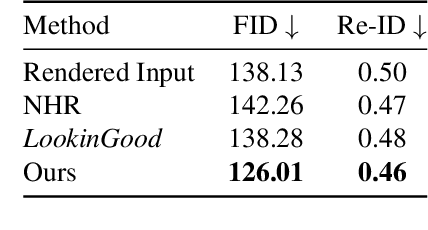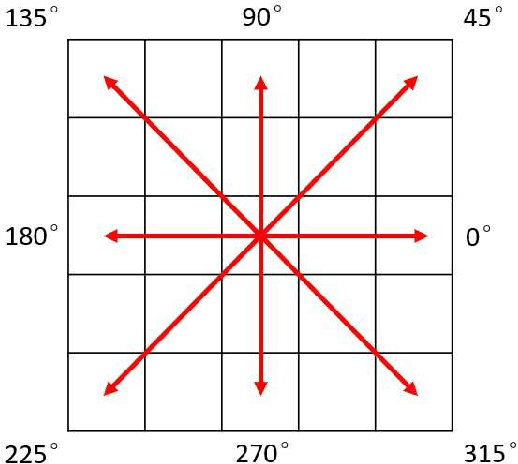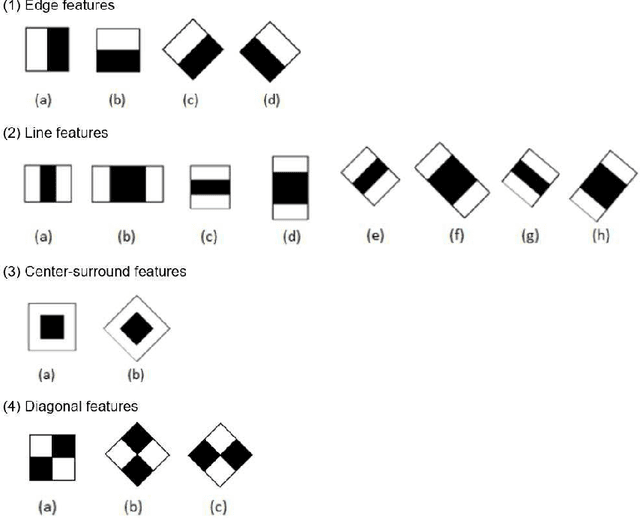Xiqi Yang
LookinGood^π: Real-time Person-independent Neural Re-rendering for High-quality Human Performance Capture
Dec 15, 2021



Abstract:We propose LookinGood^{\pi}, a novel neural re-rendering approach that is aimed to (1) improve the rendering quality of the low-quality reconstructed results from human performance capture system in real-time; (2) improve the generalization ability of the neural rendering network on unseen people. Our key idea is to utilize the rendered image of reconstructed geometry as the guidance to assist the prediction of person-specific details from few reference images, thus enhancing the re-rendered result. In light of this, we design a two-branch network. A coarse branch is designed to fix some artifacts (i.e. holes, noise) and obtain a coarse version of the rendered input, while a detail branch is designed to predict "correct" details from the warped references. The guidance of the rendered image is realized by blending features from two branches effectively in the training of the detail branch, which improves both the warping accuracy and the details' fidelity. We demonstrate that our method outperforms state-of-the-art methods at producing high-fidelity images on unseen people.
Contour Detection in Cassini ISS images based on Hierarchical Extreme Learning Machine and Dense Conditional Random Field
Aug 22, 2019



Abstract:In Cassini ISS (Imaging Science Subsystem) images, contour detection is often performed on disk-resolved object to accurately locate their center. Thus, the contour detection is a key problem. Traditional edge detection methods, such as Canny and Roberts, often extract the contour with too much interior details and noise. Although the deep convolutional neural network has been applied successfully in many image tasks, such as classification and object detection, it needs more time and computer resources. In the paper, a contour detection algorithm based on H-ELM (Hierarchical Extreme Learning Machine) and DenseCRF (Dense Conditional Random Field) is proposed for Cassini ISS images. The experimental results show that this algorithm's performance is better than both traditional machine learning methods such as SVM, ELM and even deep convolutional neural network. And the extracted contour is closer to the actual contour. Moreover, it can be trained and tested quickly on the general configuration of PC, so can be applied to contour detection for Cassini ISS images.
 Add to Chrome
Add to Chrome Add to Firefox
Add to Firefox Add to Edge
Add to Edge